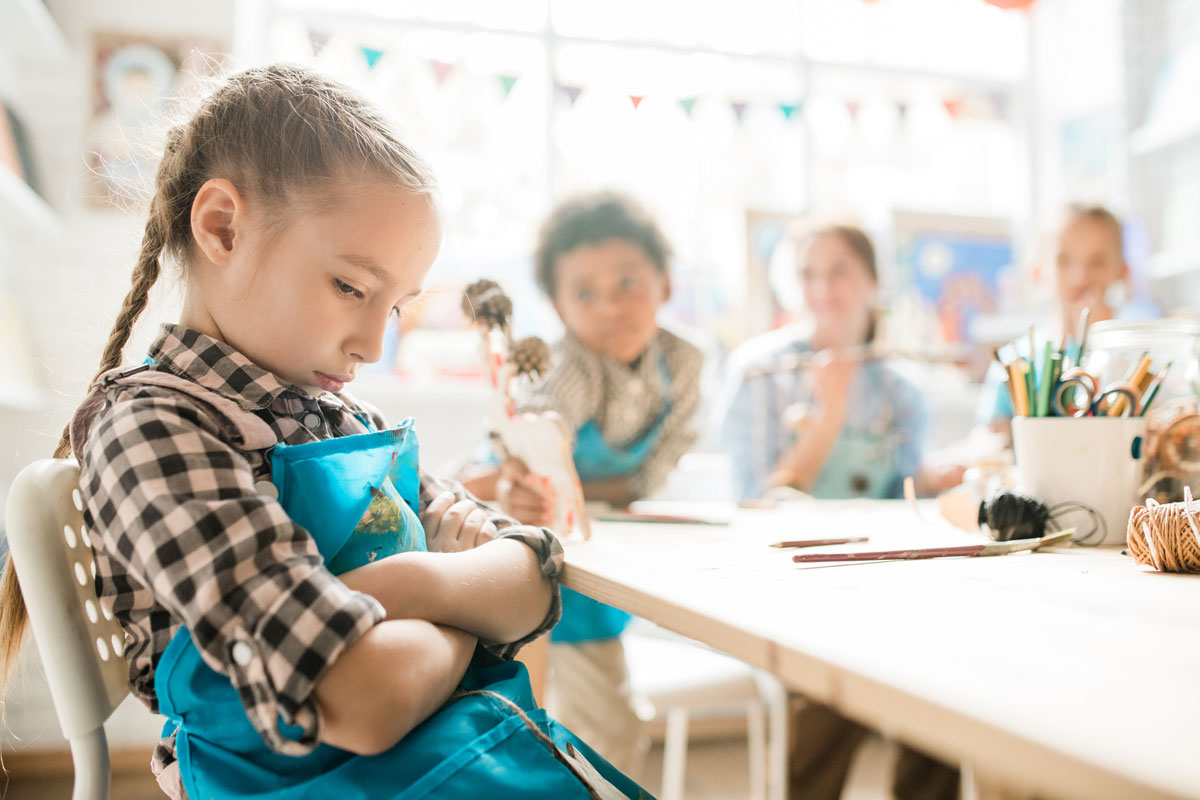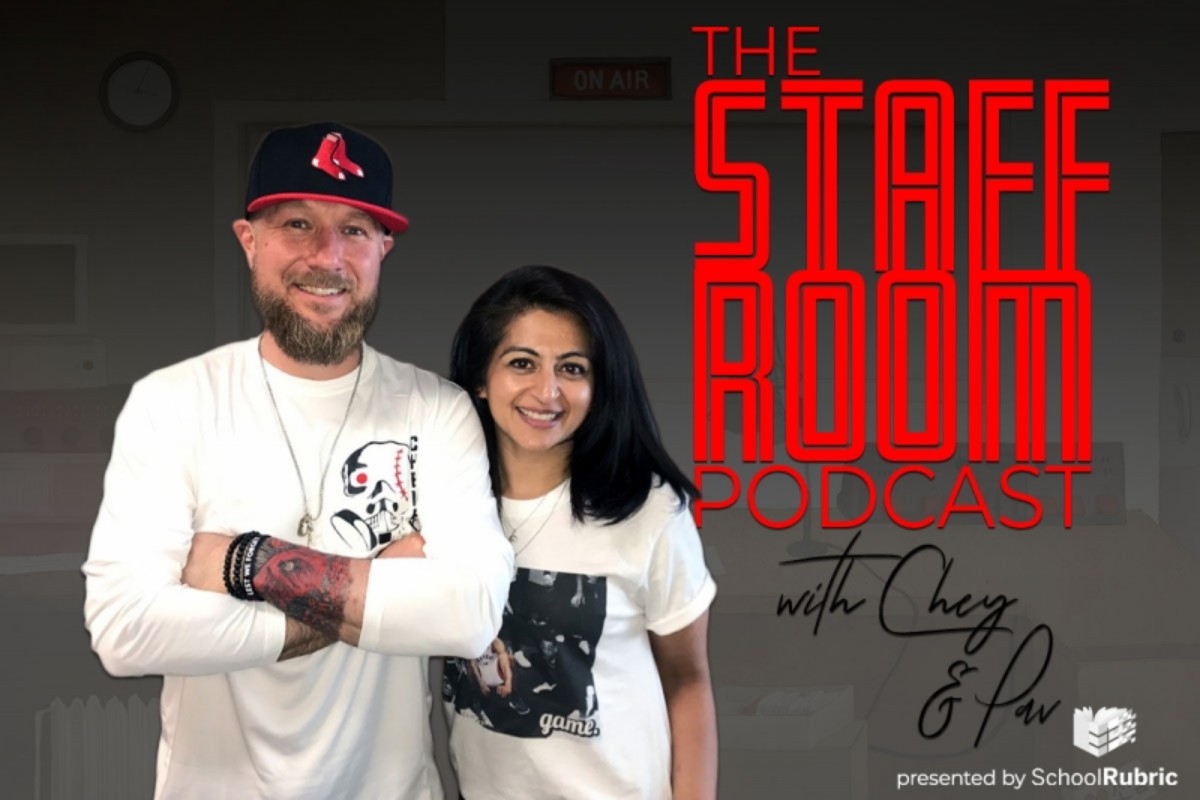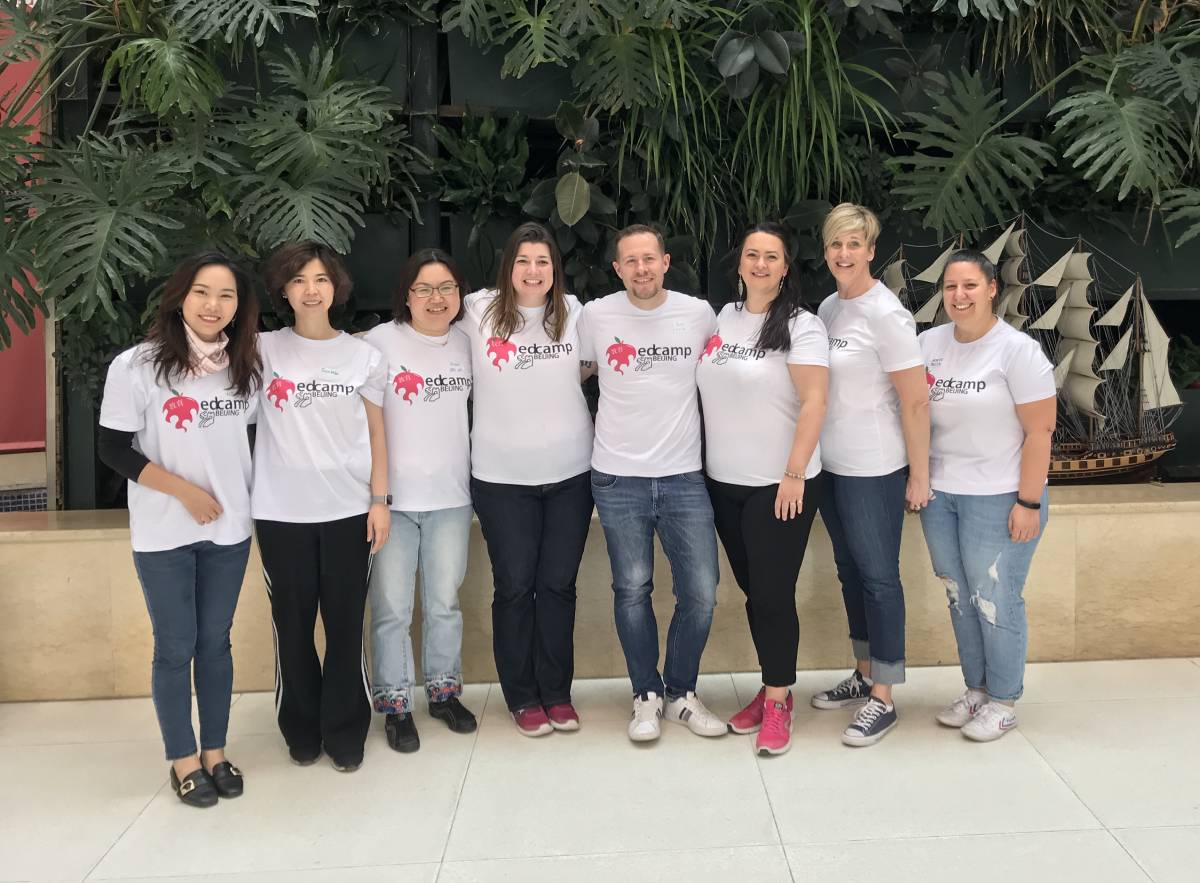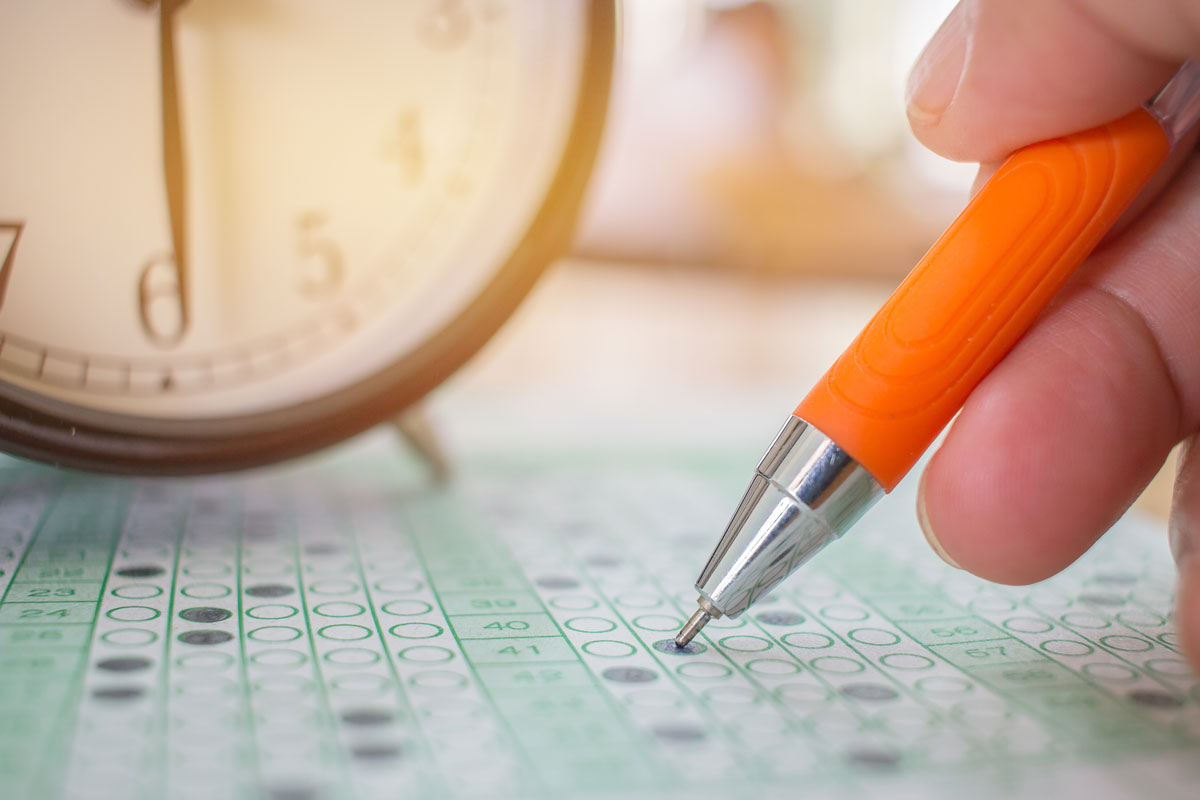Looks Might Matter
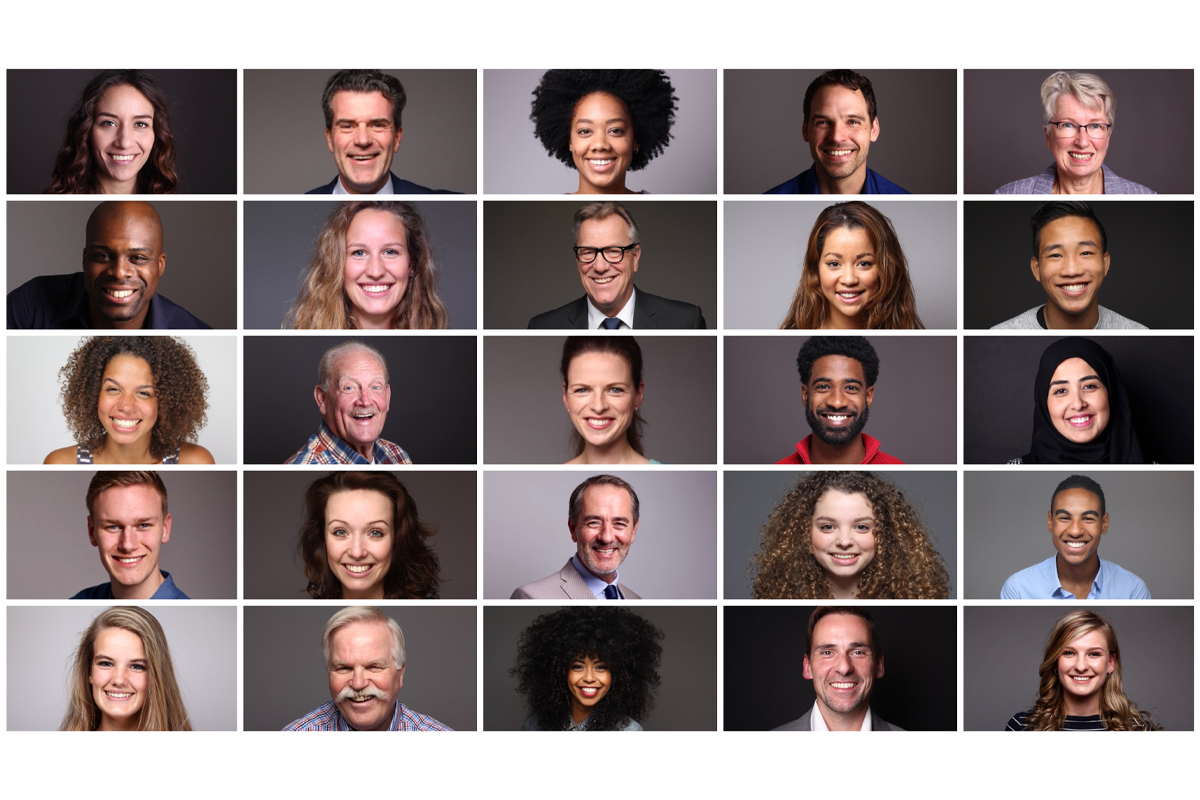
“All white,” is what one student said to me after I asked her about the diversity in our school. She’s a white, smart 8th grader who sits in the middle of my classroom and always asks for a jolly rancher as soon as homeroom starts. If she notices the lack of diversity in our school, I’m sure the rest of my students do as well.
I am Leah O’Bryan. I am twenty-five years old and am in my first year of teaching in a small town south of Boston, Massachusetts. I’ve taught twice in the poorest neighborhoods in Phnom Penh, Cambodia. I am the youngest of three girls, and have been to thirteen countries on vacation. I was adopted from China at six months old and have been gifted such an amazing and lucky life because of my parents who raised me.
Before teaching in Cambodia, the last time I was in an Asian country I was wearing diapers in 1995. While teaching there, I felt like I fit in because I looked just like my students. I finally was a part of the majority, instead of the minority. Every single one of my students reflected my own face and it made me think a lot about my own school days, about those I grew up with and about my own students who look nothing like me.
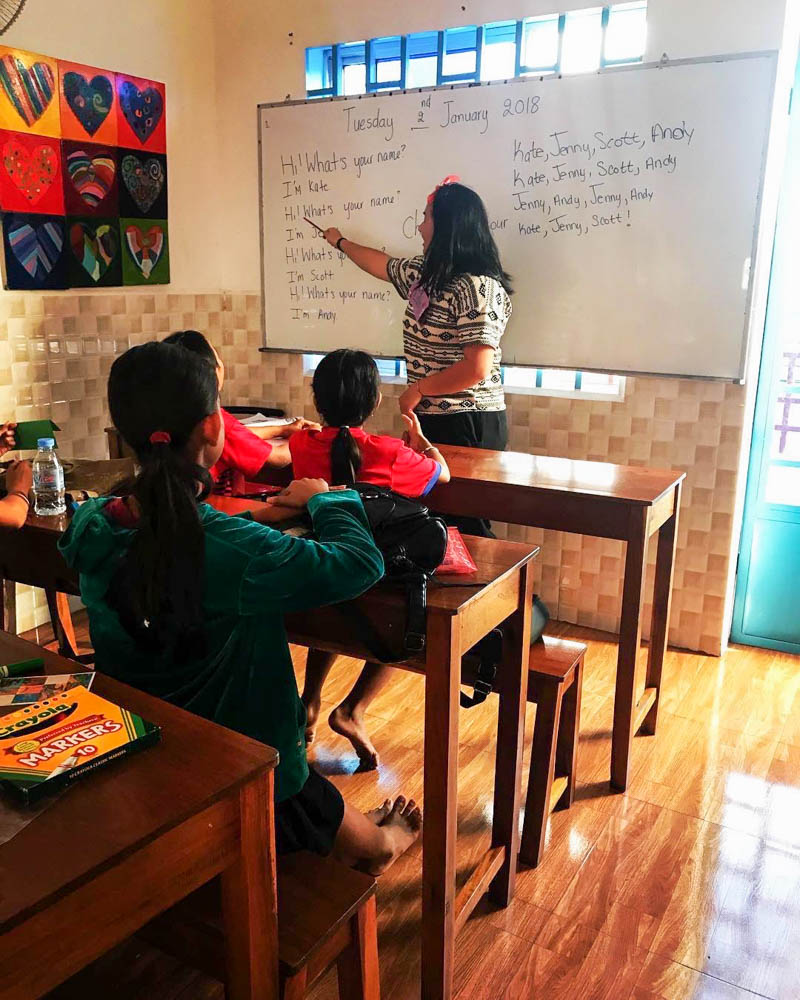
A lot of the students I teach in the small town I work in have a childhood resembling mine. They’ve traveled, been on fun vacations, and have siblings and parents who love them, but some of the children I teach aren’t as lucky. They come from other areas, different towns (we are a choice school) that lack funding, are cheaper to live in, don’t have a support system and some don’t have families.
After talking to one of my students about diversity in our school, I then realized that although I look Chinese, I am more “white,” culturally based on how I was raised and who I was raised by. Students who look like me are scarce, but the students that I relate to surround me.
While a student in school I never felt the need to be taught by someone who looked like me, until I was finally taught by another Asian. In my sophomore year of college, I was still going to nursing school and my chemistry lab professor was Chinese. I absolutely loved her. I felt like I related to her a little because her eyes were shaped like mine, and we both had straight, long, jet black hair. I felt motivated to do better, and could see myself in her as she went over titrations in the lab. Even though she inspired me in the lab, she wasn’t the one who influenced me to change my major to education. That 180 was brought to you by my boss at my summer camp counseling job.
Over the summer I work at a small camp in my hometown of Rockland, Massachusetts. I’ve worked there since I was 16 and have known my boss for about ten years. She teaches at an elementary school in a small city outside of Boston and talks about teaching the way Ben and Jerry probably talk about ice cream. She told me how amazing it was, but was always sure to tell me the hardships that come with the job. It’s not always a day at the beach. I fell in love with everything she said, everything she had to teach me and all the advice she shared. The best advice she gave me that I’ll never forget is, “Teaching isn’t what you do, it’s who you are,” and I firmly believe that. So filled with her inspiration and her support I switched gears and became a teacher. I truly believe that I wouldn’t be a teacher today without her influence and the rest is history.

While I teach in a predominantly white school, there are a small handful of students of color. As for the faculty and staff, I am one of two people of color in the entire school district, which truly blows my mind.
Looking at my one hundred and thirty plus students, in my six classes I teach I can see a sea of white, and only specks of diversity. And as they sit and work diligently, I realize that I might be the only person of color they encounter writing on a white board until they enter higher education.
One of my colleagues asked me, “What can we do to get more diversity in our school?” And it’s not that we aren’t looking to hire all different races and cultures, it’s that there is a lack of minorities going to college in the education field. But then he asked me, “How can we encourage those to go into the educational field and enter our classrooms?” Thinking about it, I truthfully have no answer. Some things only appeal to those based on who they are, what they want in life and their drive and if you look at the teaching payscale, we are at the bottom of the well and it is drying up fast.
As I read books with my students that explore different backgrounds, different eras of time, and share my stories of travel, I am able to expose my students to things they may not be exposed to in their backyards. I have three students out of about 134 that are part Asian.
I asked a handful of students what their initial opinion of me was when we met. We discussed diversity in the school beforehand. One student said, “I didn’t think anything of it. You were super nice and that was that.”
Another mentioned, “I didn’t care what you looked like, like you were nice and a really happy person, which made me love your class. But I did notice you were Asian first.”
Yet another said, “I thought it was cool because you look like me and I thought I could relate to you more. You’re the first Asian teacher I’ve ever had.”
It’s important to note that all of the students I talked to were white, except one, being half Asian and vividly tanner than the rest. I asked her how she felt in this school and if we had more teachers of color what it could do for others.
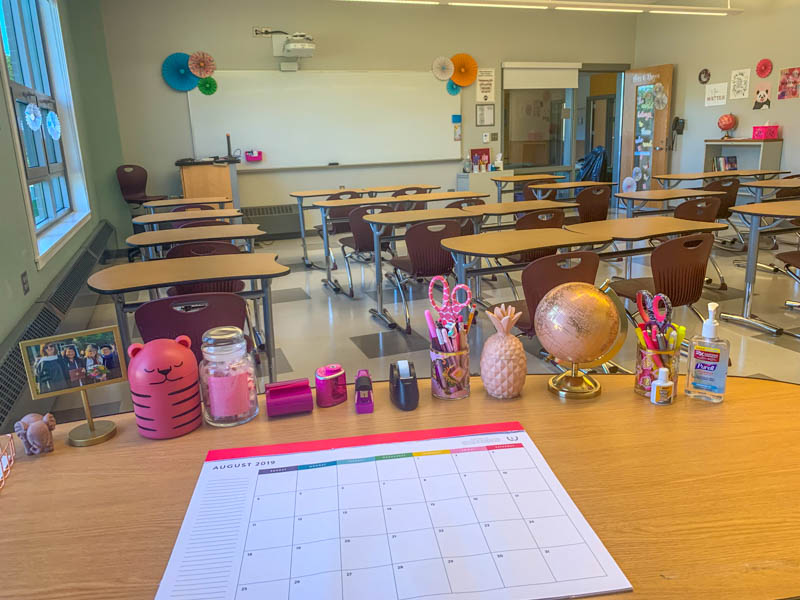
She thought about it for a moment and said, “Because most kids are white and all the teachers are white, I’m the minority and if we had more teachers of color it would make us feel less left out, like I do.” After talking to her more, I realized that it’s not that she truly feels left out at school because she is involved. She plays sports and has a lot of friends, but she knows she visually looks different which makes her stand out in school.
Unlike my student, I truly never felt left out in my classrooms. I knew I looked different and it never bothered me. Thinking about it, takes me back to when I was about three, sitting on my parents’ bed and looking at my reflection in the mirror above their dresser. I knew I was different growing up, but I never talked about it. I knew that my eyes were evidently different than my dads, I observed the fact that my hair was thicker and straighter than my moms, and I knew my sisters and I had a different skin tone. My parents explained that I looked different from them because I was adopted and came from another woman’s belly. This meant nothing to me and I said, “Okay,” and went off to play. Like at three, I knew my appearance was different, but never felt like the odd man out.
It’s easy to stand at the front of the room and read out loud while my kids follow along. It’s hard to read at the front of the room while trying to connect to each student, make a difference in a life and understand why one is upset today and fine the next and worry about my kids test scores. My job is far from a day at the beach and now that I’ve grown into a self-aware teacher, and understand that my race does mean something to some of my kids, and also know that it barely matters to most.
But it’s the kids that I see myself in, whether they look like me or not, that make me hold my head a little higher because maybe they’ll see themselves in mine and hold theirs even higher. And as time moves and things change, I hope in twenty years when I ask my students how diverse they think their school is they’ll say, “Very diverse, and we love it.”
This article is available and can be accessed in Spanish here.


